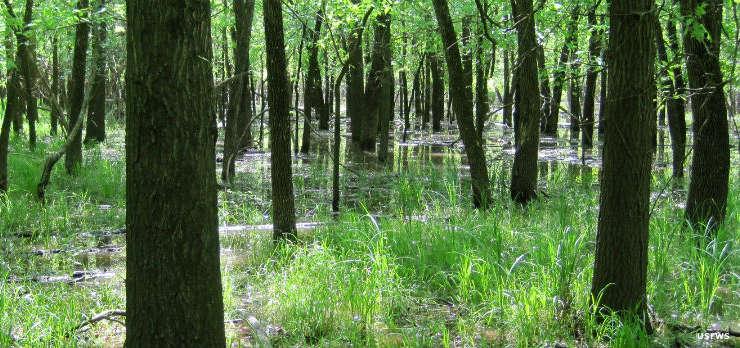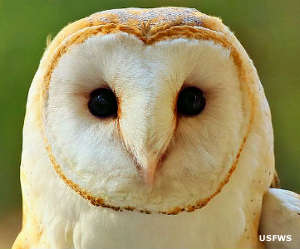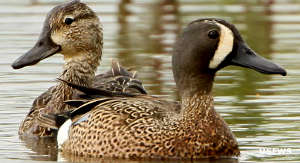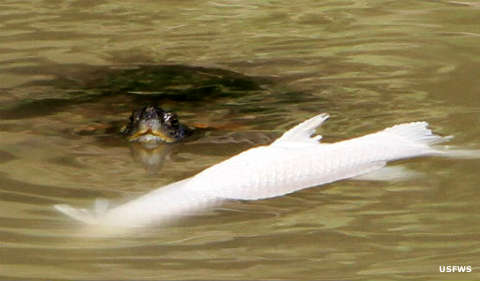Marais des Cygnes National Wildlife Refuge

Marais des Cygnes National Wildlife Refuge

Marais des Cygnes National Wildlife Refuge is a 7,500-acre property in eastern Kansas in the Marais des Cygnes River drainage. Contained on the property is last large remnant of bottomland hardwood forest in Kansas. About 2,500 acres of the refuge is kept as a wildlife sanctuary and is closed to the public. The other 5,000 acres is generally open for wildlife oriented recreation (hunting, fishing, birding, wildlife viewing, etc.)
This is an area of Kansas with rolling hills and valleys. The hills are often forested, the valleys plowed or used for pasture. More than half Marais des Cygnes NWR is covered in bottomland hardwood forest. Another 15% is tallgrass prairie, 12% shrubland, 7% wetland and 11% planted fields. There are also stands of upland oak-hickory forest scattered across the refuge. About 1/3 of Marais des Cygnes is in the floodplain of the Marais des Cygnes River and gets flooded periodically. Flooding can be high or low and can last anything from three days to three weeks, depending on the level of waterflow.
More than 300 species of birds use the refuge for something during a normal year. More than 110 species of birds nest on the property. There are also some 30 species of mussels found in the river. 16 species of amphibians and more than 40 species of reptiles have been found on the property. Add coyote, fox, raccoon, weasel, mink, badger, skunk, mountain lion and white-tailed deer.

Greenwings on the
Marais des Cygnes River
Fishing is allowed in designated areas, subject to Federal, state and refuge regulations. Same for hunting. Marais des Cygnes National Wildlife Refuge is a day-use only property, open every day of the year from sunrise to sunset. Roads on the refuge are graveled, parking is allowed only in designated spots. Camping, campfires, overnight parking, fireworks, off-road vehicle use and loose pets are prohibited. Hikers can go anywhere on about 2/3 of the refuge but need to stay out of closed areas so as not to disturb sensitive wildlife. Non-motorized boats and boats with electric trolling motors can use any part of the river under refuge jurisdiction (there are areas where the refuge only controls half the river, the other half being private property). Combustion-engine-driven boats are fine on the western 5.5 miles of the river and can float through the eastern 4 miles with their motors off and propellers up out of the water. Other elements to be aware of: ticks, chiggers, mosquitoes and large stands of blackberry bushes in some open areas and along the edge of the forest.

A snapping turtle and prey in the water